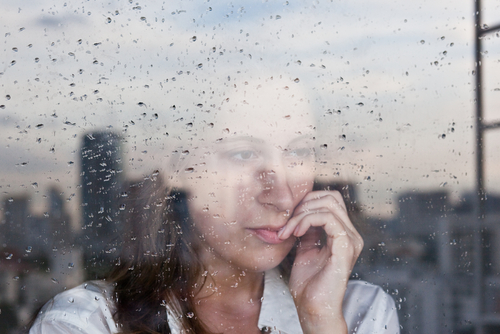
01 Apr How Weather Affects Substance Abuse
Addiction rates have risen all around the country over the past decade, driven in large part due to the opioid epidemic. However, there is actually some research that suggests that there might be a connection between weather and substance abuse.
Weather can affect other disorders
There is a strong connection that weather can have on mental health. The most obvious disorder that is connected to weather is seasonal affective disorder (also known as SAD). Seasonal affective disorder is a type of depression that is dependent on seasonal changes. The most common example of this is when the days start to get shorter in the winter and the gloomy weather prevents people from getting an ample amount of sunlight. However, it can also be the case that summer can intensify the effects of depression.
The reason that this is important to keep in mind is that mental disorders that are independent from addiction, initially, can easily become codependent with substance abuse. People who are depressed are more likely to abuse illicit substances as a sort of coping mechanism. This is especially true of alcohol. When a person develops a dependence on a substance, along with a type of mental disorder, this is called dual diagnosis. Indeed, as many as 4 in 10 people who suffer from addiction also suffer from a mental illness at the same time.
Weather affects other factors
When the weather changes, there are usually other factors that must be noted. For example, the colder seasons usually coincide with the holiday season. The holidays are already a difficult time to maintain sobriety, due to holiday stress and the increasing number of social gatherings that are going to have tempting triggers. On top of that, people tend to spend more time indoors in the colder months. On top of that, depression rates will usually climb during the winter season, which increases the chances of substance abuse. For those who struggle with alcohol abuse, especially, this concoction can lead to a situation where binge drinking is quite tempting.
For these reasons, addiction rates tend to climb in colder weather. However, there are also certain triggers during warmer weather months that can lead to rises in substance abuse among certain demographics. For example, substance abuse among youth tends to rise during the summertime, when teenagers are out of school for the summer and have a lot more free time. The same is true of college students, who might be more tempted to use drugs during a period of time when they don’t have to worry about school.

No Comments